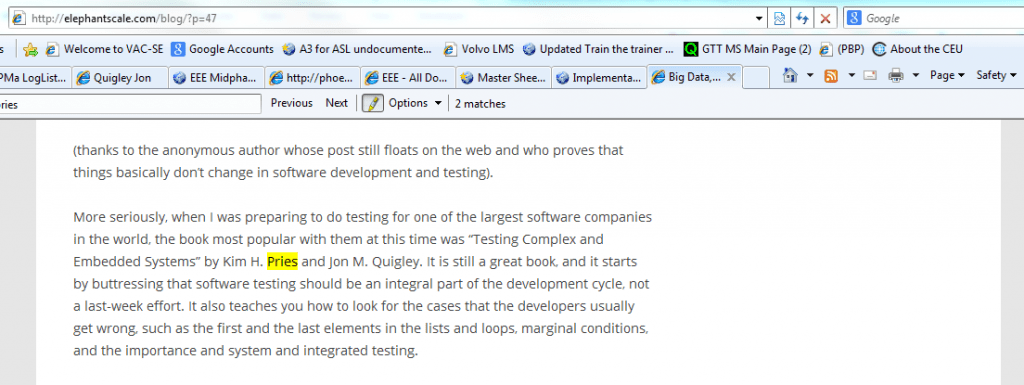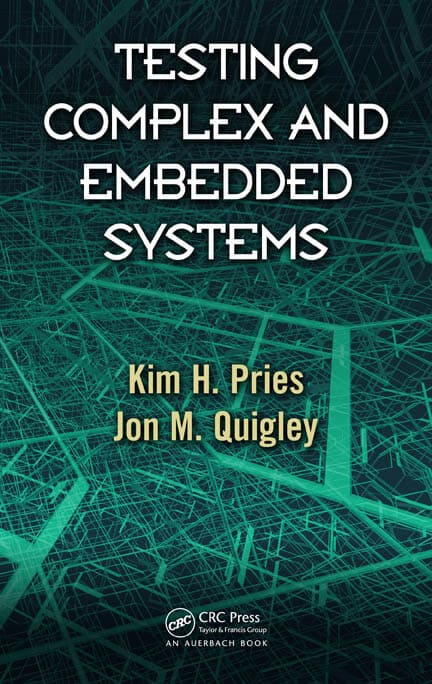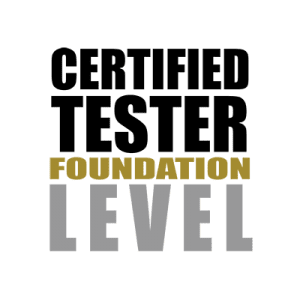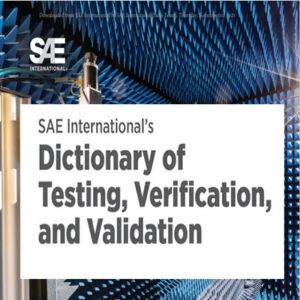Description
Testing Overview
Many enterprises regard system-level testing of embedded products as the final piece of the development effort, rather than as a tool that should be integrated throughout the development process. As a consequence, test teams often execute critical test plans just before product launch, resulting in much of the corrective work being performed in a rush at the last minute.
Testing Approaches
Presenting combinatorial approaches for improving test coverage, Testing Complex and Embedded Systems details techniques to help you streamline testing and identify problems before they occur—including turbocharged testing using Six Sigma and exploratory testing methods. Rather than present the continuum of testing for particular products or design attributes, the text focuses on boundary conditions. Examining systems and software testing, it explains how to use simulation and emulation to complement testing.
Discipline
Where you find organizations that are successful at product development, you are likely to find groups that practice disciplined, strategic, and thorough testing. Tapping into the authors’ decades of experience managing test groups in the automotive industry, this book provides the understanding to help ensure your organization joins the likes of these groups.





